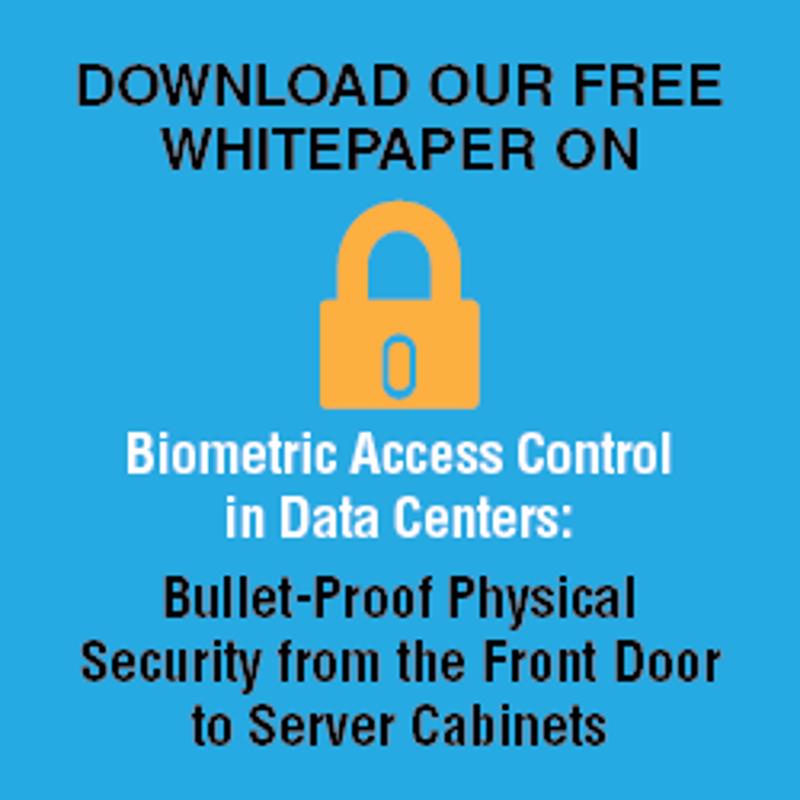As the Internet expands ever larger, all that data has to go somewhere. Data centers are expected to play an even bigger role in housing the massive amounts of information passed back and forth on the Internet. As these centers grow, it stands to reason that their protection and security compliance will follow. Biometric security is the best way to protect a data center from the front door to the server cabinet, and its role should increase with data centers'.
Data centers set to grow exponentially
Cisco published its annual Global Cloud Index, which projects Internet growth and a number of the factors that go along with that, according to Data Center Knowledge. The report indicated cloud growth will drive data center traffic to almost triple to 8.6 zettabytes by 2018 at a compound annual growth rate of 23 percent. For the sake of comparison, the traffic predicted is the equivalent to streaming every movie and TV show ever made 250,000 times.
Consumer cloud storage is forecast to increase five-fold, as the average user is expected to account for 800 megabytes of monthly traffic.
"[A] very significant majority of today's cloud workloads are actually processed in private cloud environments," Kelly Ahuja, senior vice president of service provider business at Cisco, told Data Center Knowledge. "Even with public cloud workloads having significant growth, by 2018, almost 70 percent of cloud workloads will still be private cloud-related, requiring the ability of workloads to bridge across a hybrid private/public cloud environment."
Biometrics could become a necessary measure
As it stands, data centers' best hope at deterring breaches is through the use of biometric security. These systems do away with basic keys or pass codes, which can be easily lost, stolen or otherwise compromised. They can be implemented at any access point, be it the front door, office entryway or server cabinet itself. Plus, the technology continues to grow more advanced. Even though biometrics are essentially foolproof, developers still feel the need to keep the devices updated – hackers and data thieves are always trying to claw their way into valuable records.
Some new biometric technologies are emerging, like readers that identify individuals by their vocal patterns, facial characteristics and iris patterns. As these techniques develop, data centers can rely upon fingerprint scanners and a dual biometric ID system that requires two individuals to provide separate fingerprint patterns.
